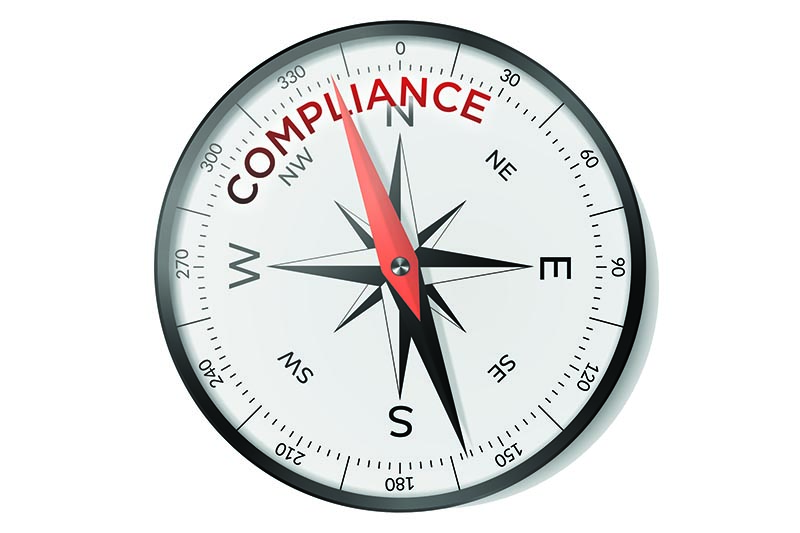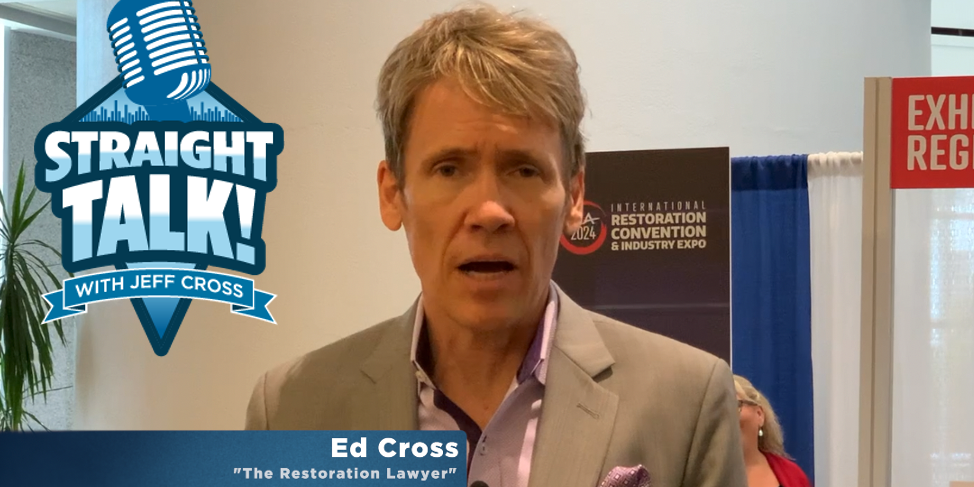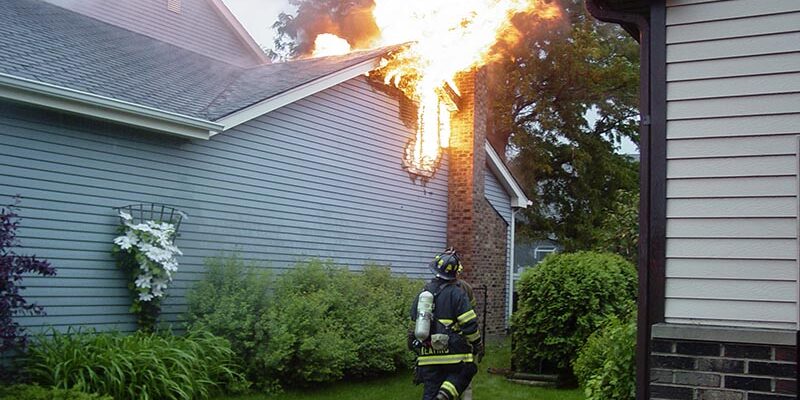Common, Reasonable, and Prudent

As we enter yet another calendar year, it is important to reflect and measure how we have personally and organizationally met the ever-changing demands of the industry and clients we serve. Change is the one constant; as paradoxical as that sounds, it is a core principle that must be embraced emphatically by any successful business. More than ever, this is especially true for the property restoration community.
Case in point: Our industry-standard writing body, the Institute of Inspection Cleaning and Restoration Certification (IICRC), currently has nearly 20 active consensus bodies updating, revising, and creating new standards—not just any standards, but those developed with the endorsement of the American National Standard Institute (ANSI). The next several months will see brand new standards in fire and smoke restoration, wildfire smoke restoration, HVAC system assessment, trauma and crime scene cleanup, drug use or lab cleanup, and microbial remediation, just to name a few!
With all that is coming from the standards world, a critical thought process should be undertaken by any and all professionals in these areas of service: How does the work I do measure up to these new standards?
Answering that question can be an intimidating endeavor. Honestly, the most common mistake many will make is believing the question can be answered definitively. In other words, answering this question isn’t a one-time event or even a process; it is a culture. The commitment to following and adopting standards must become a part of the organization’s DNA.
There are several ways to ensure your organization has a strong commitment to standards. The first is to ensure that you fully understand the intent and purpose of the standard. In the case of ANSI/IICRC, a standard is the embodiment of the standard of care—what is common among reasonably prudent members of the trade who are qualified to perform the work.
Why is this important to understand? Because this is the culture that must be set, a commitment to what is “reasonably prudent” in all that you do. Note this is not a commitment to what is “state of the art” or “best practice.” These are often unattainable for consistent application, challenging to deploy in emergency situations, and can often increase overall restoration or remediation costs substantially.
Next, with an organizational commitment calibrated to a standard of care, begin to center your business systems and processes to train, reinforce, and measure accordingly.
Training to a standard of care
Begin by ensuring the organization understands how “standard of care” is defined. Then, empower front-line production to adhere to that standard. This means providing production workers access and dedicated time to understand the relevant standards that address their work.
This can be accomplished through weekly production meetings centered on revolving topics from appropriate standards, using field forms and tools that incorporate standards guidance, and creating a level of ownership at the production staff level to champion standards topics. Often, a combination of all the above will be the most impactful.
Reinforcing the standard of care
Recognition for wins and achievements is critical to fostering and growing any aspect of your culture. By recognizing specific and individual contributions, you are showing that your organization is paying attention. You are also significantly reducing the stigma that will likely exist if change is actually needed.
Resistance to adoption and change comes from several sources. One of the primary culprits is employees’ sense of ownership and comfort in “the way we’ve always done it.” Acknowledge, encourage, and actively seek out examples of employees owning change. Refocus the sense of ownership on identifying and implementing a standard of care by those who perform the work.
Measure the standard of care
It can be challenging to establish metrics that provide a good high-level overview of how well your organization is meeting industry standards. For that reason, one of the best measures to implement is the training and reinforcement process.
This should be done to ensure full participation throughout your production department; every element of the production group should be participating. The amount of participation should be directly related to the individual’s level of influence on the production output. The more likely the individual is to impact a standard of care element, the more participation they should have in the training and reinforcement.
In other words, it is easiest and most effective to measure the means in the case of implementing and adopting a culture of standard of care.
Standards update
As the IICRC continues to revise and develop standards, it’s important to keep a pulse on what is changing and when new standards will be available. There are many ways to stay current on standards. Most importantly, visit www.iicrc.org frequently—in particular, the standards page of their website. There you’ll find:
- All active standards
- Standards under revision
- Standards calling for volunteer consensus body members
- New standards under development.
Engaging in the standards review process is one of the best ways not only to become aware of what is changing, but also to impact those changes directly. Restoration-related standards that are currently or were very recently open for review include the ANSI/IICRC:
- S520 Standard for Professional Mold Remediation
- S540 Standard for Trauma and Crime Scene Cleanup
- S590 Standard for Assessing HVAC Systems Following a Water, Fire, or Mold Damage Event
- S700 Standard for Professional Fire and Smoke Damage Restoration
- S900 Standard for Professional Remediation of Precursors, Drug Residues, and Associated Chemical Waste.
With the volume of standards in revision that are nearing publication, it is paramount that your organization is actively building and sustaining a standard of care culture. Each of these documents is prepared to document and report what is common among reasonably prudent, qualified practitioners. Each document sets the baseline
for what should be performed, accomplished, or expected. They affirm and enable your organization to do what is right and to validate your services.
Well, they do if your organization has committed itself to a standard of care.
Documentation and standards
As mentioned earlier, a key to developing a strong standard of care culture is to equip your organization with tools that enable and facilitate that effort. This begins with production, where critical real-time decisions are ultimately made.
Documentation tools have vastly matured over the last decade and continue to develop. Initially, many of these tools were structured to serve the end documentation, with little consideration given to the true user of those tools: the technician. This has begun to change in the most recent manifestation of documentation tools.
One primary area of improvement has been a stronger integration of the rapidly growing technologies available on mobile devices into the documentation workflow, especially in the water damage restoration space. Autofilling addresses using GPS data, integrating weather service data for outdoor conditions, and leveraging LiDAR (light detection and ranging technology) for real-time scanning of a property to generate accurate and instantaneous floor plans are just a few of these recent enhancements.
Ultimately, a strong solution for documentation will ensure that each documentation element required by industry standards can be filled and completed as efficiently and accurately as technology allows, while minimizing the time needed for the technician to capture it. This has been the primary difference in recent iterations of digital documentation tools, with a focus on:
- A significant reduction in the technical burden on the technician
- Optimization of workflows to match the real-world restoration environment
- Leveraging technology to speed and enhance data capture.
Make the organizational commitment to a standard of care. Reinforce the commitment through front-line production ownership and recognition. Enable the delivery of the commitment with the right tools and resources.












